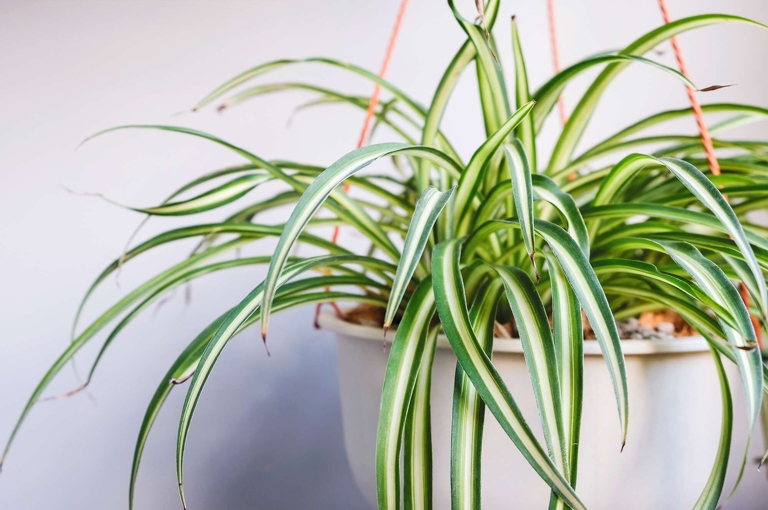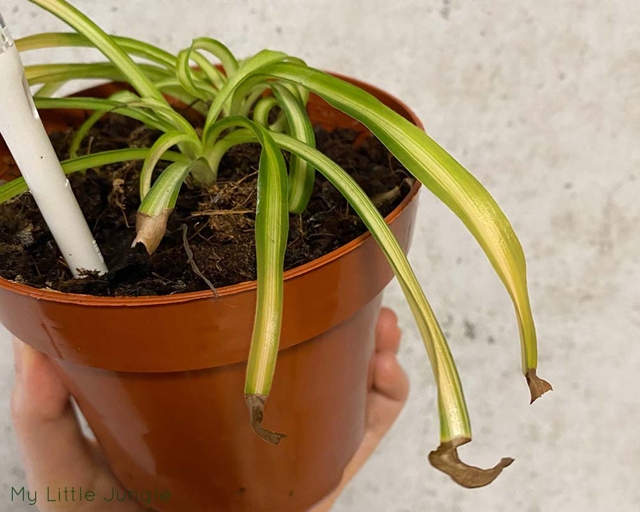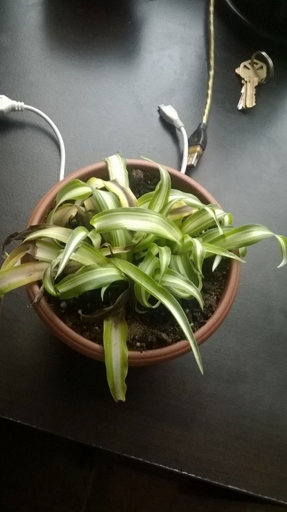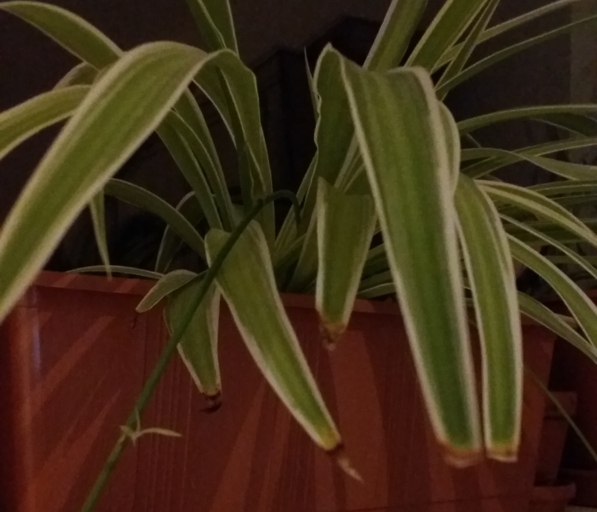Do Spider Plants Like Humidity? ( Solved!)
Spider plants are a type of houseplant that is known for being easy to care for. They are native to tropical and subtropical regions and thrive in humid environments. Spider plants are popular houseplants because they are easy to grow and require little maintenance.







